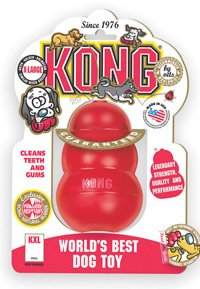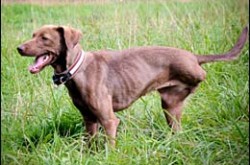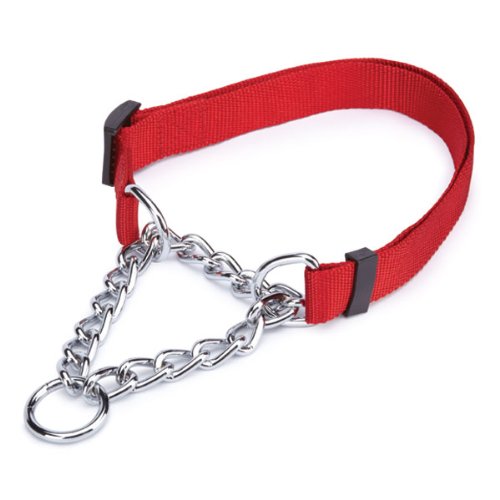
In North America, every household pet is likely to undergo at least one surgery throughout its lifetime. Surgery, in veterinary medicine, refers to more invasive procedures usually performed under general anesthesia. The most common surgery performed is the spaying or neutering of an intact animal at the age of six months. This is done primarily for the purpose of population control and as a preventative step for the health of your pet in the future. Surgery has become a routine method of treating many diseases and can be applied to all aspects of health care. As mentioned before, surgical castration is plays an important role in protecting your pet against some reproductive system-related cancers. Surgical intervention is also used as a treatment in situations such as foreign body retrieval and tumor removal. Finally, surgery can be used as a diagnostic tool for taking tissue samples not readily accessible externally. Whatever the situation, the surgery can be tailored towards the needs of your pet.
The surgical experience, even if it is not your first, can be intimidating for both you and your pet. Commonly, owners feel that surgery under general anesthesia is a risky event.
It is true that the part of greatest concern in a surgical procedure is general anesthesia. However, new advances in pharmaceuticals and patient monitoring protocols have greatly increased safety. As a result, patients are secure under anesthesia and benefit from quicker and smoother recoveries.
To be at ease while your pet is in surgery, it is important to understand the many steps taken to ensure the utmost safety. These precautions include pre-operative screening tests and health checks, intra-operative monitoring, carefully calculated drug combination and doses, and post-operative re-checks.
As mentioned before, your pet can be a candidate for surgery for at least one of three reasons: preventative care, treatment of disease, or diagnostic tests. Examples of preventative surgeries include spaying or neutering, and the correction of benign congenital abnormalities (such as umbilical hernias and eyelid malformations). Generally, these procedures are done when the animal is young and in excellent health. In these situations, a detailed patient history and a physical exam is usually all that is required to determine whether or not the animal is fit for surgery. It is important to provide your veterinarian with as much information as possible so that your pet’s health can be evaluated. For example, be sure to mention any concerns such as incidents of lethargy, diarrhea, vomiting, abnormal appetite or water consumption, changes in stool or urine, or bouts of coughing or sneezing. If your pet is healthy, the risk of undergoing general anesthesia is minimal, and surgery can go ahead as planned.
Surgery, as a means of treating disease, is often one of the best (if not the only) solution. For example, if your dog has swallowed a toy larger than can be passed, the best method of retrieval is surgery under general anesthesia. In another case, surgical excision of a tumor is quite often the only possibility of a cure. Prior to surgery, your veterinarian will recommend a total physical exam and pre-operative blood work. The results will give a general idea of organ function (such as kidneys and liver), and as a result estimate how well your pet will tolerate the anesthesia. This is particularly important for older pets or those who are experiencing any illnesses. Your veterinarian may also check for any blood clotting disorders, to ensure that there will not be any excessive bleeding.
The use of surgery as a diagnostic tool is the most accurate way of obtaining what would otherwise be specimens difficult to access. For example, if an animal is suspected of having liver disease, the best way to obtain a sample is through an abdominal incision. This incision allows for the collection of samples more accurately and results in a more definitive diagnoses. As for all procedures, your pet’s health will be assessed thoroughly before proceeding.
Anesthesia in veterinary medicine has come a long way in recent years, with newer and safer drugs being developed. The drugs used will be tailored to your pet’s needs and to any health problems that may affect how well the drugs are tolerated. For example, many drugs are metabolized and eliminated from the body through the liver and kidneys. If you pet is showing any signs of disease in these organs, a different drug that does not require the use of these organs for elimination, may be used. Most pets are maintained throughout the surgery on inhalant gas anesthesia, much like in humans. The majority of veterinarians are now using isoflurane, a gas that is much safer than the previously used halothane. The combination of drugs and doses that are now commonly used allow for quicker and smoother recoveries from anesthesia.
Another step to ensure the safety of your pet under general anesthesia is frequent patient monitoring. Vital parameters, such as heart rate, respiratory rate, temperature, and mucous membrane colour are assessed every few minutes. With new machines available, many veterinarians now also monitor the saturation of oxygen in the blood, the heart’s electrical activity, pulse intensity and rhythm, and quality of respiration. All of these help determine your pet’s status under general anesthesia, and problems can often be detected early.
Patient monitoring is important post-operatively and your pet should be frequently assessed after surgery. Once your pet has recovered and been discharged, strict rest is important for several days. The stress of general anesthesia, surgery, and being hospitalized plays an important role on your pet’s health, and time must be given for a full recovery. A quiet, calm environment at home is essential. Limit the amount of exercise for the first few days, allowing only short supervised walks.
It is also important to for your veterinarian to recheck your pet so that the recovery can be assessed. Plans for further treatment, if necessary, can be discussed at that time depending on your pet’s progress.
In general, if appropriate precautions are taken, surgery under general anesthesia is extremely safe for your pet. Of course, certain exceptions apply, for example in the geriatric animal. As with surgeries in humans, there is always the possibility of an unpredictable event, such as an unknown drug allergy or undetectable underlying disease. This, however, is rare and veterinarians are trained to take every precaution to ensure the safety of your pet. The health of your pet is important to your veterinarian, and you can be assured that your pet is in good hands when in surgery.
By Beverly Wong – Pets.ca writer
 Saying Goodbye to a Pet
On March 4th, 2016, we had t
Saying Goodbye to a Pet
On March 4th, 2016, we had t
 Choosing the best dog toys for your dog or puppy
Choosing the Best Dog Toys - Plus Our Favorites!
Choosing t
Choosing the best dog toys for your dog or puppy
Choosing the Best Dog Toys - Plus Our Favorites!
Choosing t
 Dogs and leg amputation
Dogs and leg amputation
Dogs and leg amputation
Dogs and leg amputation
 Types of Dog Training Collars
There are many different typ
Types of Dog Training Collars
There are many different typ
 Stinky Dog Ears
My dog Sasha (pictured) has
Stinky Dog Ears
My dog Sasha (pictured) has
Copyright © 2005-2016 Pet Information All Rights Reserved
Contact us: www162date@outlook.com